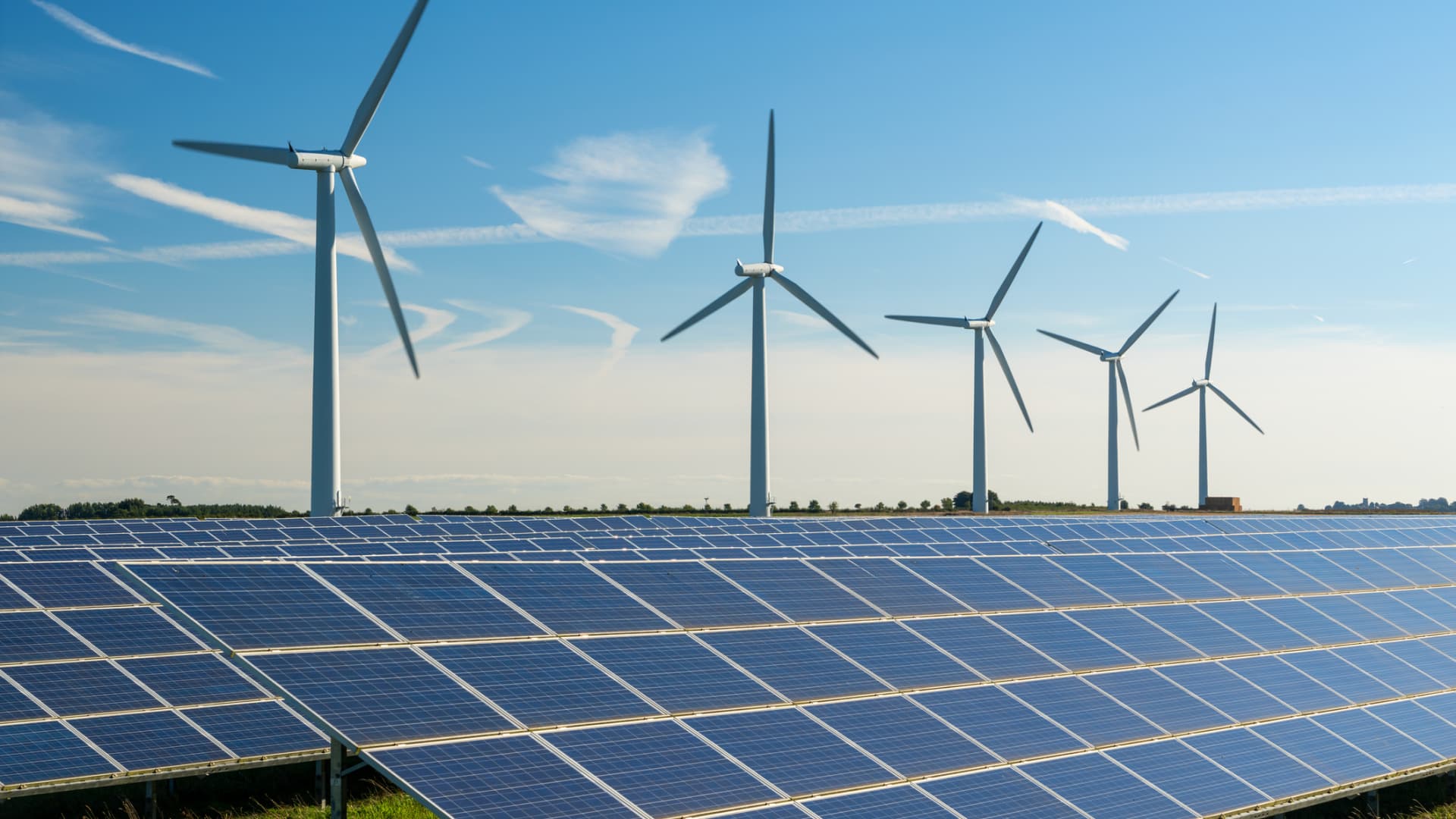Energy
Monday, June 27th, 2022 11:35 am EDT
General Motors just announced a convenient new EV charging app for its electric vehicle portfolio, and that could be just the tip of the next-generation EV charging iceberg for GM fans. A new patent filing that suggests GM is also looking at a new charging architecture that enables two EVs to share the same port, at the same time. Wait — what?
Making EV Charging As Easy As Pie
The new GM announcement is aimed at prodding EV-curious drivers over the line to actually driving — and owning — one, by taking all the guesswork and extra steps out of EV charging.
The company is adding a new “Plug and Charge” app based service to its Ultium Charge 360 ecosystem, in collaboration with the leading firm EVgo.
The system works with a number of public EV charging networks in North America, and GM is apparently the first OEM (original equipment manufacturer) to offer the app-based compatibility.
As an app-based service, Plug and Charge provides EV drivers with a single, familiar interface for EV charging. The setup is a bit complicated — GM drivers need an EVgo account, OnStar services, and whatever GM app applies to their vehicle (myChevrolet, myCadillac, myGMC) — but once that’s done, the rest is easy. All drivers have to do is plug in, and the app takes care of the rest, every time they charge up.
The new announcement builds on GM’s ongoing relationship with EVgo for public DC fast-charging stations.
“Plug and Charge works with all current and upcoming GM EVs built on the Ultium Platform, including the GMC HUMMER EV and Cadillac LYRIQ. It also works with Chevrolet Bolt EVs and Bolt EUVs with DC fast-charging capability — two of the most affordable EVs available in the U.S. today,” GM notes.
“In time, GM plans to broaden the service to include all compatible DC fast-charging stations across the Ultium Charge 360 network,” the company adds.
More Renewable Energy For DC Fast-Charging
GM’s collaboration with EVgo includes a generous helping of renewable energy for EV charging stations, as the value-chain side of a broader 100% renewable energy goal, so fill ‘er up, all you GM drivers.
The renewable energy angle is also part of GM’s plan for tightening up on the cost of electric vehicles, by focusing on energy inputs and waste management as well as a battery manufacturing mashup with Honda. The Chevy Bolt was a good start. Despite a few hiccups, the sticker price can attract drivers who are not ready to shell out for the next Tesla.
So far all that hard work seems to have paid off. Commodity prices are rising, but GM earned some good media attention earlier this month when it cut prices for the Bolt.
“General Motors on Wednesday slashed the price of its 2023 Chevrolet Bolt EV, likely making it the least expensive electric vehicle on sale in the U.S.,” enthused CNBC on June 1.
One EV Charging Port To Rule Them All
GM has its work cut out for it, as new low-cost electric vehicle makers like Xpeng and Vinfast eyeball the US zero emission mobility market. However, GM’s laser-like focus on EV charging could give it an edge.
As electric mobility goes mainstream, two-EV households are going to become the norm. Households that installed one EV charging station will have to find a place to put another, or put up with the inconvenience of juggling cars and EV charging times — or maybe not buy another EV at all.
Bengt Halvorson of Green Car Reports spotted a solution in the works last month. He dug up a GM patent filing for a sort of daisy-chain arrangement that enables one car to plug into an EV charging port while the other car plugs into the first car, and they both charge up at once.
If you’re familiar with vehicle-to-grid technology, the idea of hooking up one electric car to another and charging them both from the same EV charging port sounds pretty straightforward. The basic idea is to leverage the ability of an EV battery to charge another device.
Car and Driver reporter Sebastian Blanco picked up the story over the weekend and expanded on the idea of leveraging EV batteries to provide new services for car owners.
“Electric vehicles have the capability to offer features that simple gasoline-powered cars and trucks simply can’t. From more flexible interior layout design possibilities to regenerative brakes that turn slowing down into electrical energy, we’re still learning what the EVs of the future will be capable of,” Blanco writes.
“The daisy-chain system would work because of how GM has configured batteries in upcoming models including the Hummer EV, Chevy Silverado EV, and GMC Sierra EV,” he adds.
Of course, the devil is in the details, and so far this is a patent filing, not rubber-on-the-road technology. Still, if the idea pans out it could have widespread implications for business fleets, employee workplace charging, and other situations where doubling up on a charging port is beneficial and do-able.
The Autonomous Vehicle Connection
The daisy-chain EV charging concept could also ripple into the driverless car area, and that is also of interest considering GM acquisition of the ride-sharing AV firm Cruise back in 2016.
On June 2, Cruise CEO Gil West updated the public on the Cruise’s progress toward commercial operation.
“Today, we received the first-ever Driverless Deployment Permit granted by the California Public Utilities Commission, which allows us to charge a fare for the driverless rides we are providing to members of the public here in San Francisco. This means that Cruise will be the first and only company to operate a commercial, driverless ridehail service in a major U.S. city,” West wrote in a blog post.
“Now with this approval, we’ll begin rolling out fared rides gradually, expanding in alignment with the smoothest customer experience possible. As always, our focus is on delivering a magical and safe service for our riders,” he added.
The testing of the magic has already begun. Last week The Detroit News reported that Cruise collected its first paying fares in a small-scale roll-out of the San Francisco AV fleet.
Expect more from where that’s coming. In an interview with CNBC, Cruise CEO Kyle Vogt predicted that “you’re gonna see us expand to the point where we’re covering all of San Francisco, hundreds of vehicles out there serving rides every night … that could happen as soon as the end of the year.”
If you want to get on the waiting list for rides, it’s online (of course) at getcruise.com.
Follow me on Twitter @TinaMCasey.
Photo: EV charging courtesy of General Motors.
Check out our brand new E-Bike Guide. If you’re curious about electric bikes, this is the best place to start your e-mobility journey!
Appreciate CleanTechnica’s originality and cleantech news coverage? Consider becoming a CleanTechnica Member, Supporter, Technician, or Ambassador — or a patron on Patreon.
Advertisement
 This post has been syndicated from a third-party source. View the original article here.
This post has been syndicated from a third-party source. View the original article here.




